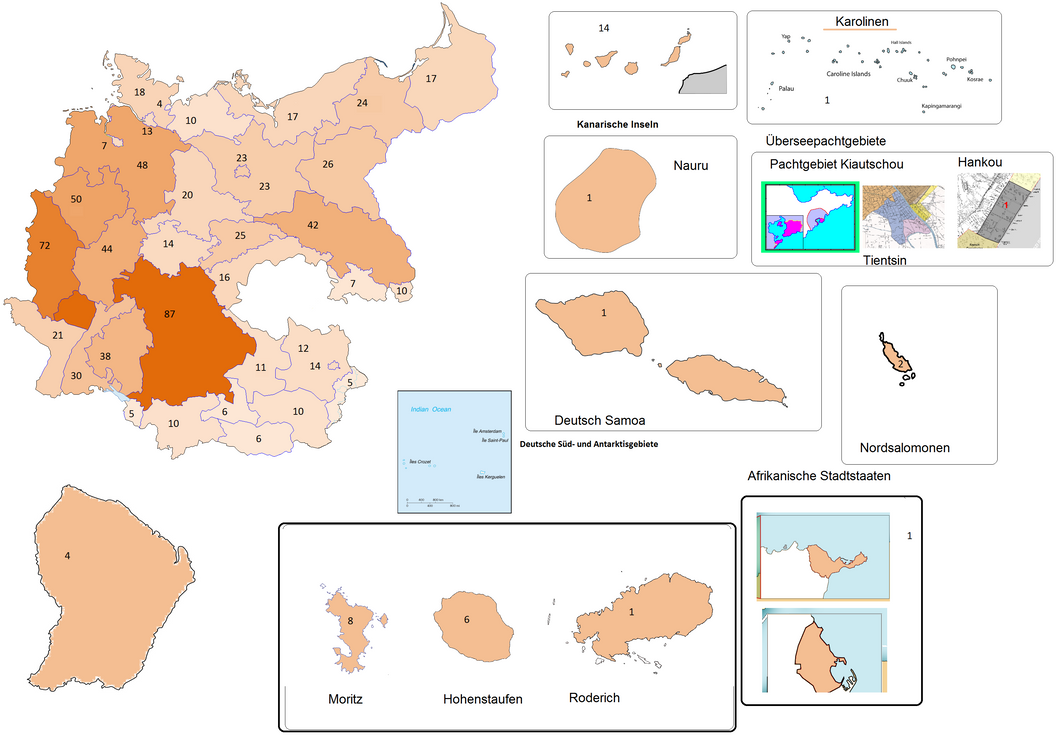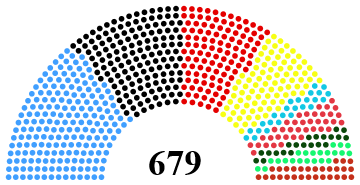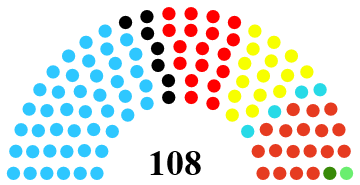Obama - 460Not to be picky, since this looks like an interesting map, but can you post the respective electoral vote totals for the candidates under this map? I rather not have to do the math...
Trump - 78
Obama - 460Not to be picky, since this looks like an interesting map, but can you post the respective electoral vote totals for the candidates under this map? I rather not have to do the math...
Not to be picky, since this looks like an interesting map, but can you post the respective electoral vote totals for the candidates under this map? I rather not have to do the math...
Yeah, sorry about that.Obama - 460
Trump - 78

Something I made for The Congressman's great tl, 'New Deal Coalition Retained':
Looks like Illinois and Massachusetts are swingier (and more likely to be outlined) than Minnesota or North Carolina. Though I recognize that's probably a technical limitation.
Not my most refined work, but here's an attempt at a county map of the vote for the Judicial Council of "TCUS".
Spectrum: Left, Stronger on Gender and Sex Issues.
Justice: Center - Left, Stronger on Race Issues
Libertarian: Minimalist, Left on Social Issues.
American Worker's: Economic Leftist, varies on Social Issues
Center: Centrist / Moderate
Conservative: Center-Right / "Establishment" Conservative
Business: Pro-Business, varies on Social Issues
Constitution: Christian Right, "Compassionate" or "Bleeding Heart" Conservative
TEA: Minimalist Government, Center-Right on Social Issues.
Great America: Far Right
View attachment 296057
Thanks for the critique! I definitely need to clean up the map in a lot of places, such as what's going on in the North-East.Nice work, but Franklin and Hampshire Counties in MA should be pink. Probably Berkshire County as well.
Don't you mean a victory for President Not Sure?If the non-voters would have counted for anything then it would have been a landslide victory for President Didnot Vote:
View attachment 296066
(also interesting how the few states in which the republicans/democrats managed to get more votes than the respective non-voters are lumped together and not spread out)

Yeah, upstate New York is not that far left by a long shot, especially after this year. I'd also argue the Conservatives should be doing better in Texas, depending on who the party leaders are. Plenty of "establishment" Republicans hail from there.Thanks for the critique! I definitely need to clean up the map in a lot of places, such as what's going on in the North-East.
What is Palm Beach doing as conservative? And Jacksonville as Libertarian? Also what made you choose M-D as Spectrum, just curious.Not my most refined work, but here's an attempt at a county map of the vote for the Judicial Council of "TCUS".
Spectrum: Left, Stronger on Gender and Sex Issues.
Justice: Center - Left, Stronger on Race Issues
Libertarian: Minimalist, Left on Social Issues.
American Worker's: Economic Leftist, varies on Social Issues
Center: Centrist / Moderate
Conservative: Center-Right / "Establishment" Conservative
Business: Pro-Business, varies on Social Issues
Constitution: Christian Right, "Compassionate" or "Bleeding Heart" Conservative
TEA: Minimalist Government, Center-Right on Social Issues.
Great America: Far Right
View attachment 296057



Maybe I'm misunderstanding you, but this option seems utterly pointless.Given the use of Single Transferable Vote, People have three choices for President, and can choose the same person thrice.
Challenge: Electoral Map out of this map

I think the most obvious way would be for some kind of primary map, but doing it in the general is more fun.
1988 Democratic Presidential Primaries:
Dick Gephardt
Paul Simon
Jim Traficant
Al Gore